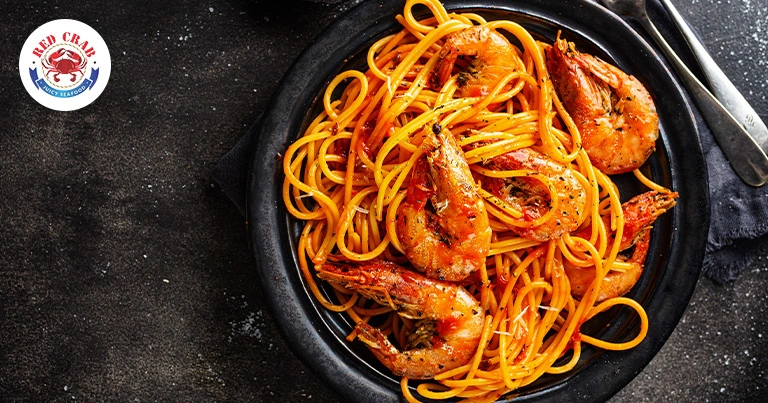
Shrimp Pasta Recipes
Shrimp pasta recipes are a delightful way to enjoy a delicious and easy-to-make meal. Looking for something creamy, spicy, or light? There are so many ways to make shrimp pasta that you will never get bored. Shrimp and pasta go…
Shrimp is a versatile and beloved seafood choice that lends itself well to a wide range of dishes. Known for its sweet flavor and firm texture, shrimp can be prepared in various ways, from grilling and frying to boiling and sautéing. This category is dedicated to exploring the many delicious shrimp recipes that are sure to delight your taste buds and impress your guests.
Discover a diverse selection of shrimp recipes that cater to all tastes and occasions. Whether you’re looking for quick weeknight meals or elegant dishes for special gatherings, our collection has something for everyone. Learn about the best techniques for cooking shrimp to perfection, ensuring that they are flavorful and tender. We’ll also share tips for pairing shrimp with complementary ingredients, creating well-rounded meals that shine. With our shrimp recipes, you’ll find endless culinary possibilities to enjoy this delectable seafood!

Shrimp pasta recipes are a delightful way to enjoy a delicious and easy-to-make meal. Looking for something creamy, spicy, or light? There are so many ways to make shrimp pasta that you will never get bored. Shrimp and pasta go…
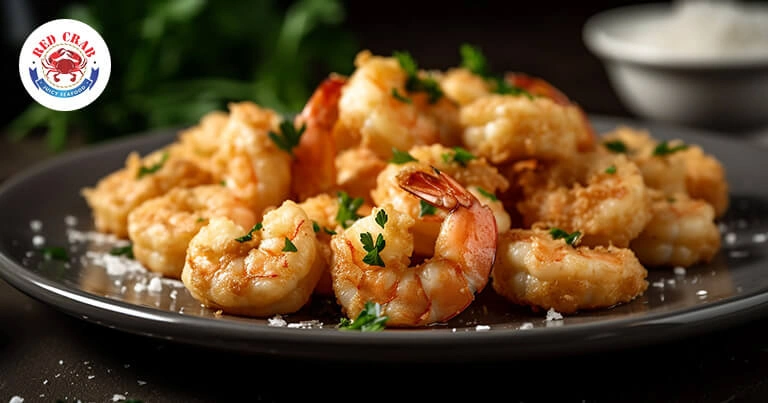
Garlic butter shrimp is one of the easiest and tastiest dishes you can make at home. It’s packed with flavor, takes only minutes to prepare, and is perfect for any meal. Whether you’re looking for a quick dinner or a…
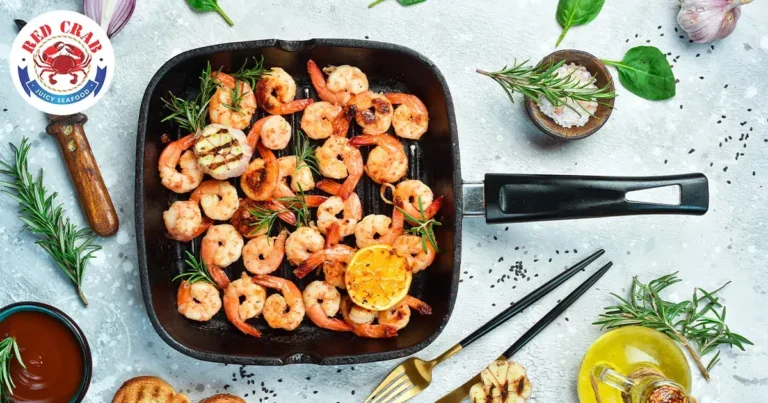
If you love seafood and want an easy, mess-free way to make a classic shrimp boil, then this sheet pan shrimp boil recipe is perfect for you! It’s simple, delicious, and packed with all the flavors of a traditional shrimp…
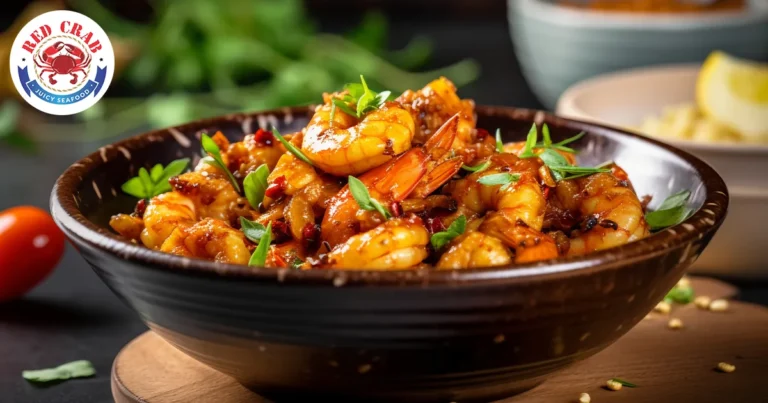
If you’re someone who enjoys seafood but needs to follow a gluten-free diet, you’re in for a treat! Shrimp is a versatile and delicious option that can easily fit into gluten-free meals. In this blog post, we’ll share Top 5 Gluten-Free…
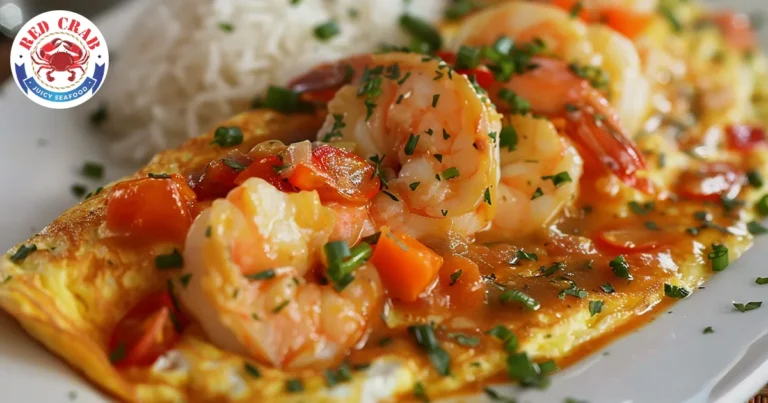
Creole cuisine combines rich, bold flavors with a generous kick of spice. A standout dish in this culinary tradition is Shrimp Creole. It’s a mouthwatering, vibrant dish perfect for family dinners or special gatherings. Whether you’re a seafood lover or simply…
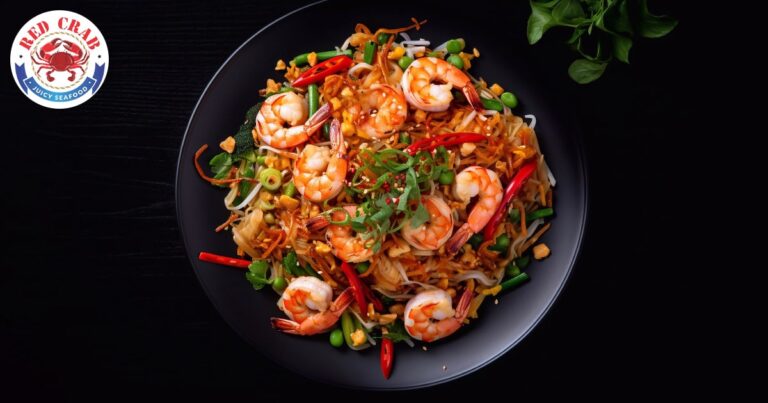
Shrimp Pad Thai is a dish that is currently ruling the hearts of foodies all over the world. With the savory flavor of shrimp, it’s the ideal balance of sweet, sour, and salty flavors. We have brought you shrimp pad…
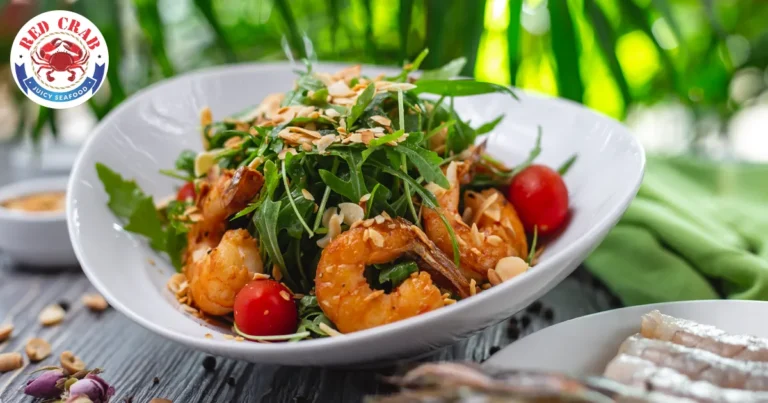
Coconut shrimp is one of the most delightful dish on the seafood menu at seafood near me restaurants. It brings a taste of the tropics right to your table. This mouthwatering dish creates a perfect harmony of taste by combining the…
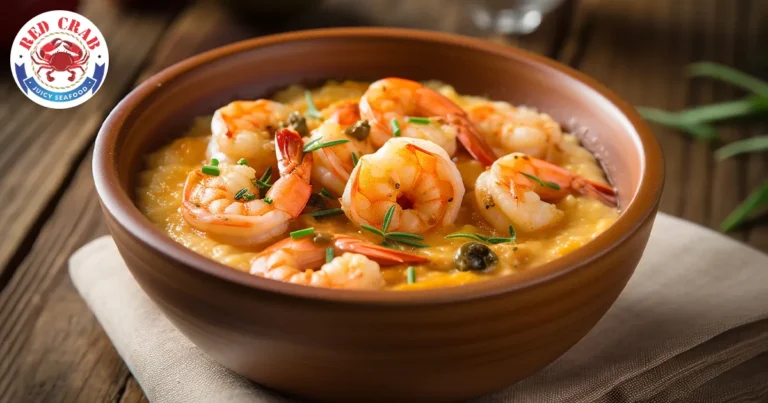
Shrimp is one of those ingredients that makes any dish delicious and leaves you craving for it. And one similar dish is the shrimp and grits recipe, that a lot of people requested to learn. Picture succulent, plump shrimp cooked just…
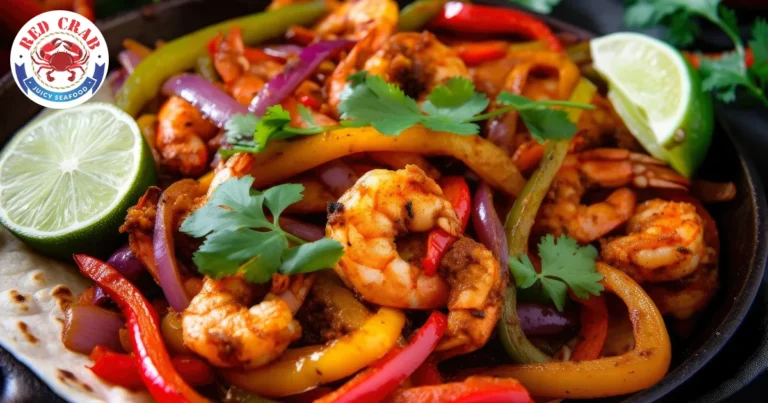
Imagine this: you walk through the door after a tiring day, and all you want is something tasty and easy to whip up. You’re in the mood for a quick, flavorful meal that won’t leave you with a pile of…
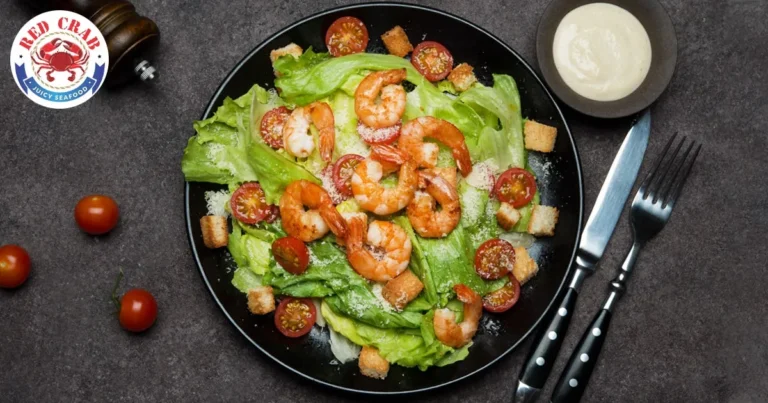
Looking for a tasty way to enjoy the deliciousness of shrimp meat? Try making a delightful shrimp salad recipe! It’s a simple dish that’s perfect for summer, and all you need is some shrimp meat, crunchy veggies, herbs, and a tangy lemon…